supported by the National Science Foundation through
DMS 0750986, DMS 0502354, DMS 0353880

|
supported by the National Science Foundation through DMS 0750986, DMS 0502354, DMS 0353880 |
 |
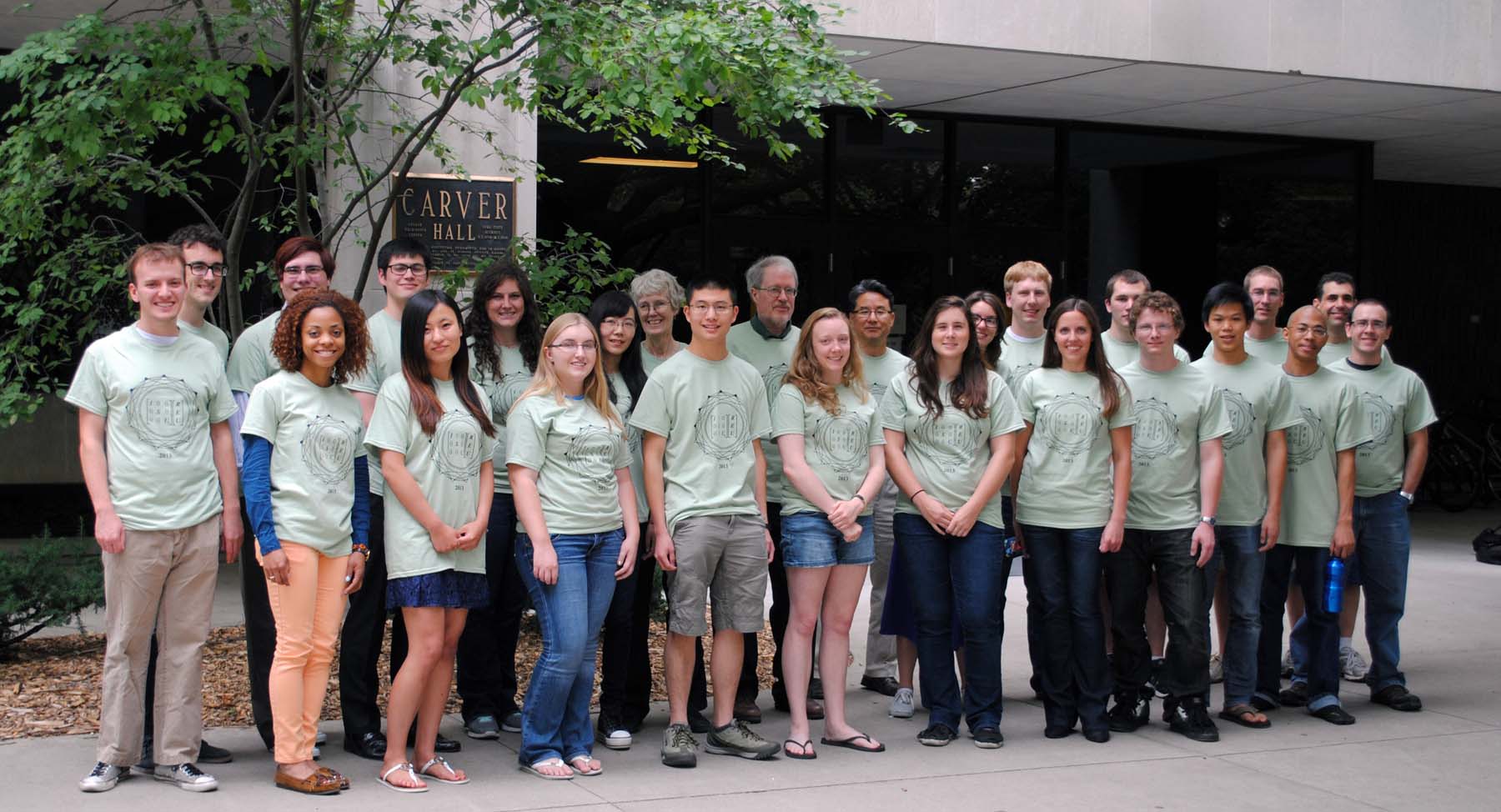

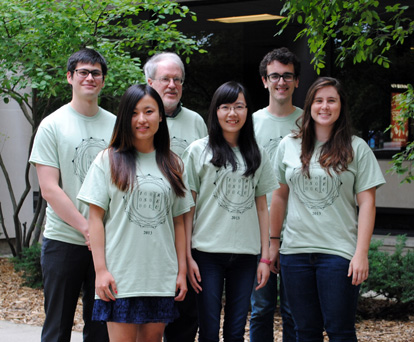
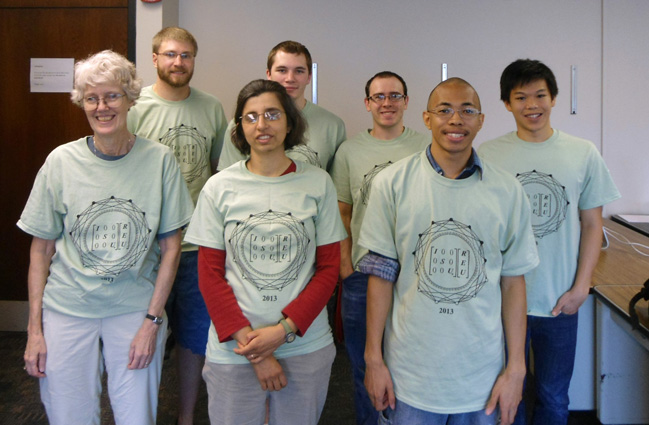
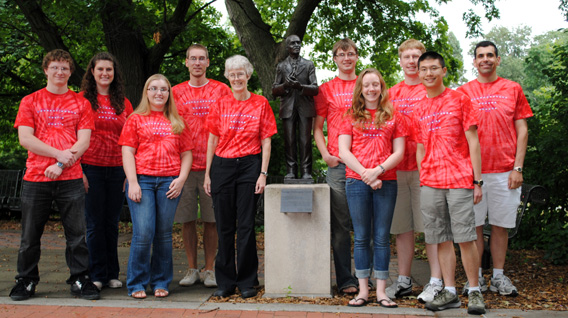
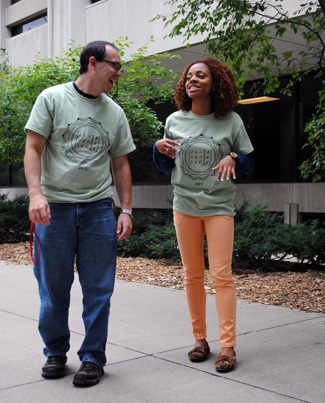
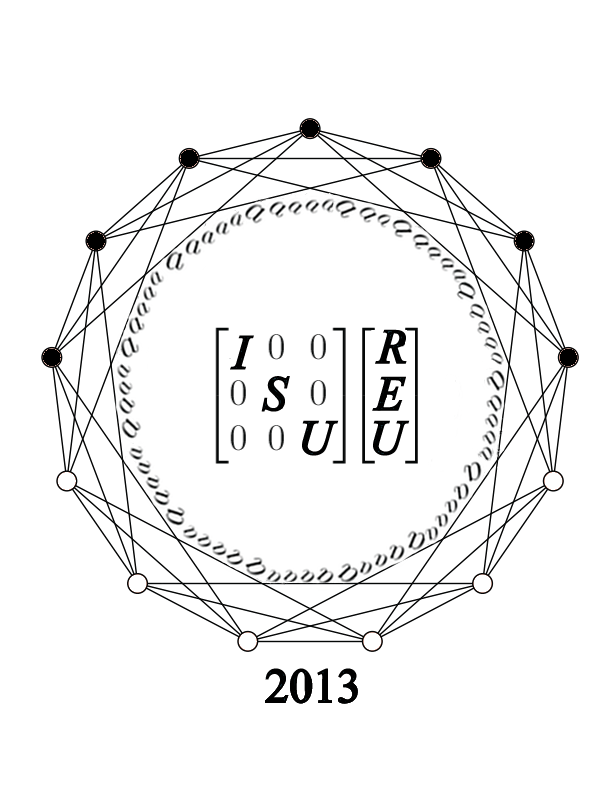
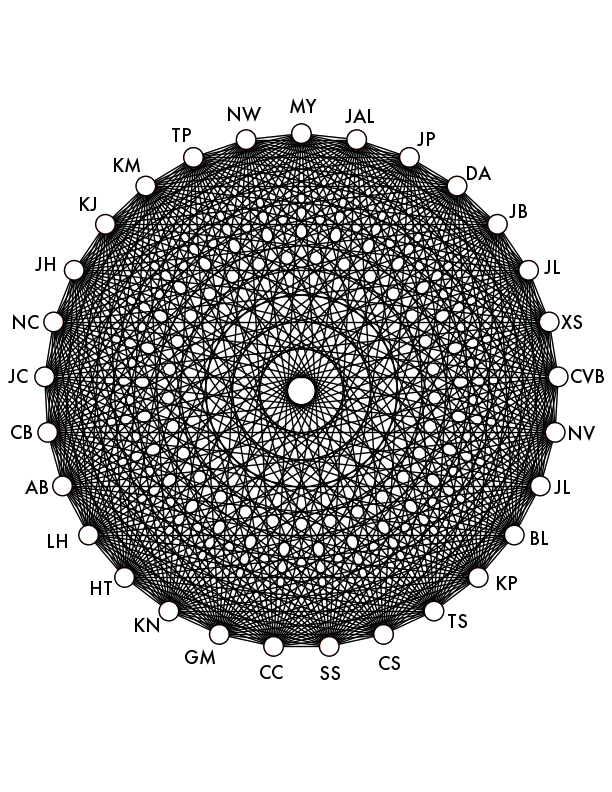
Young
Mathematicians Conference
SIAM Undergraduate Research Online (SIURO)
Rose-Hulman
Undergraduate Math Journal
Matlab
Information has links to Matlab guides
Mathematics
Department
Homepage
Web page maintained by Leslie
Hogben